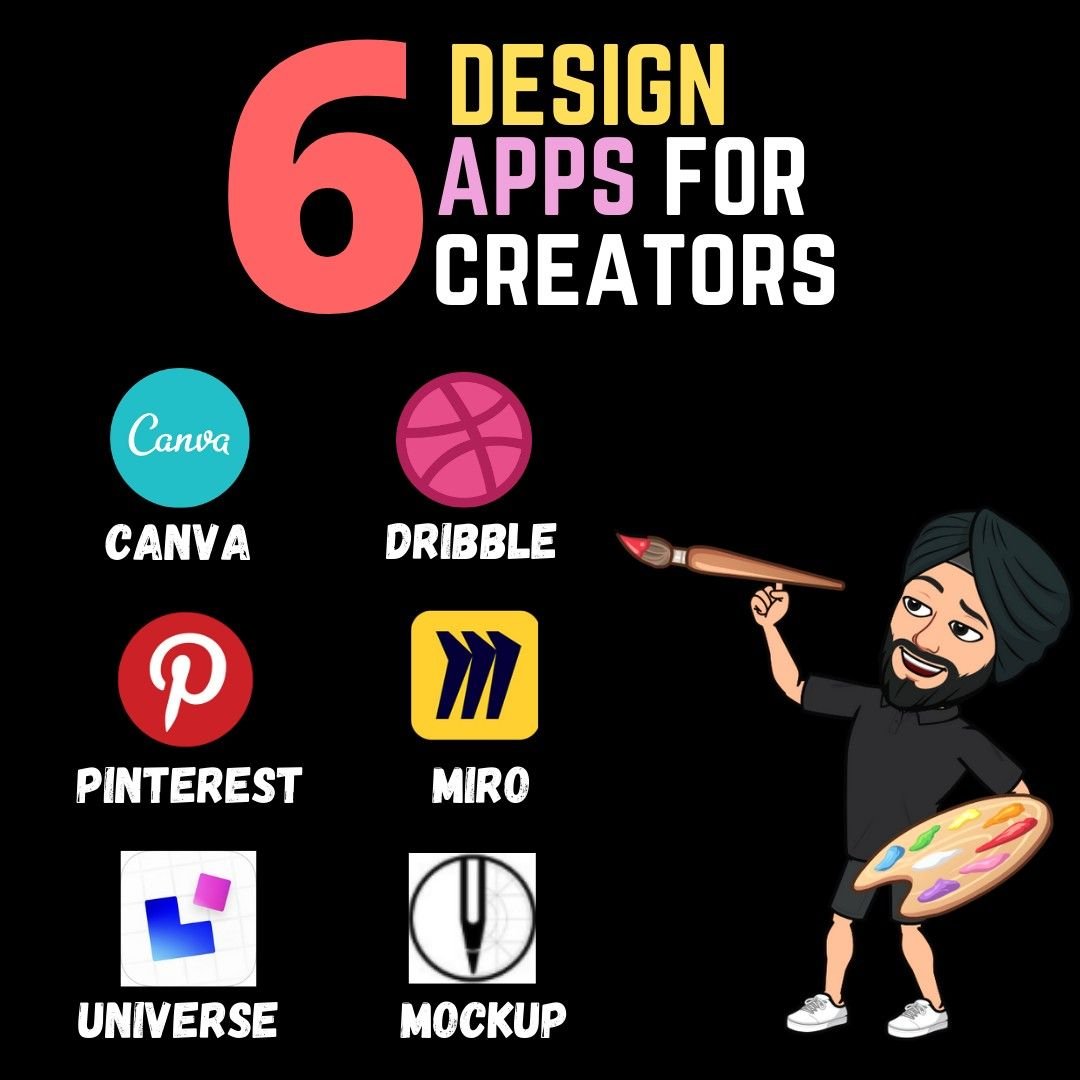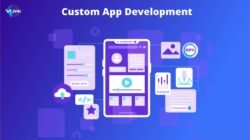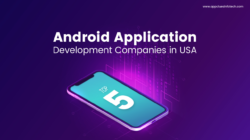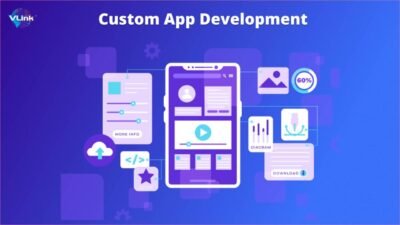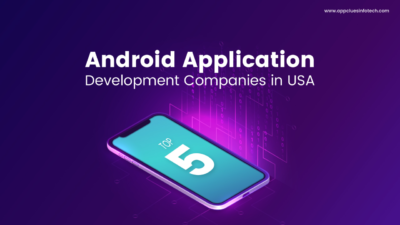Companies that design apps are at the forefront of the digital revolution, shaping how we interact with technology and each other. In a world where mobile applications have become essential tools for daily life, these companies play a pivotal role in creating user-friendly interfaces that enhance our experiences. Whether it’s through innovative social media platforms, productivity tools, or entertainment applications, the impact of app design is felt across various sectors.
Understanding the intricate process behind app design involves knowing the essential steps from concept to launch, including user research, design, development, and testing. The collaboration between designers, developers, and marketers is crucial to ensure that the final product meets user needs and stands out in a competitive market. As technology continues to advance, companies that design apps are constantly adapting to new trends and user expectations.
In the 21st century, technology has profoundly transformed numerous sectors, and education is no exception. This article explores how technological advancements have reshaped the way we teach and learn, making education more accessible, engaging, and effective.
Accessibility of Education
One of the most significant impacts of technology on education is the enhanced accessibility it provides. With the advent of the internet, learning materials and resources are just a click away. Students can access a plethora of online courses, lectures, and educational videos from the comfort of their own homes. This shift has been particularly beneficial for those who may not have access to traditional educational institutions due to geographical or financial constraints.
Moreover, technology has paved the way for innovative learning platforms like MOOCs (Massive Open Online Courses), which allow thousands of students to enroll in courses offered by top universities around the world. These platforms not only democratize education but also foster lifelong learning by enabling individuals to acquire new skills at their own pace.
Engagement and Interactivity
Technology also enhances student engagement through interactive and immersive learning experiences. Traditional classrooms often struggle to maintain student interest, yet tools like interactive whiteboards, educational apps, and gamified learning platforms have transformed the educational landscape. These resources encourage active participation, facilitating a more engaging learning environment.
For instance, augmented reality (AR) and virtual reality (VR) technologies allow students to experience complex subjects such as science and history in a tangible way. Imagine a biology student exploring the human body in 3D or a history student walking through ancient civilizations. Such immersive experiences not only captivate students’ attention but also deepen their understanding of the subject matter.
Personalized Learning
Another significant advantage of technology in education is the ability to personalize learning experiences. Every student has unique strengths, weaknesses, and learning preferences. With the help of artificial intelligence (AI) and data analytics, educators can tailor their teaching methods to meet individual student needs.
For example, adaptive learning software can assess a student’s performance in real-time and adjust the difficulty level of tasks accordingly. This means students are neither bored with easy material nor overwhelmed by content that is too challenging. Personalized learning paths empower students to progress at their own pace, ultimately leading to better educational outcomes.
Collaboration and Communication
Technology has also revolutionized collaboration and communication within educational settings. Tools like Google Classroom, Microsoft Teams, and various other collaborative platforms enable students and teachers to connect, share resources, and work together efficiently, regardless of their physical locations.
These platforms facilitate group projects and discussions, allowing students to collaborate on assignments in real-time. Furthermore, video conferencing tools have emerged as essential resources for remote learning, enabling face-to-face interaction between students and educators even when they cannot meet in person.
Challenges and Considerations
Despite the numerous advantages that technology brings to education, it is essential to acknowledge the challenges and considerations that accompany its integration. One primary concern is the digital divide; not all students have equal access to technology or the internet. This inequality can exacerbate existing educational disparities, making it crucial for policymakers to address these gaps to ensure equitable access to learning resources.
Additionally, the reliance on technology raises questions about data privacy and security. As educational institutions increasingly use digital platforms to collect and store student data, safeguarding this information becomes paramount. Schools and organizations must implement robust security measures to protect student privacy.
The Future of Educational Technology
Looking ahead, the future of educational technology appears promising. Innovations such as AI-driven tutoring systems, blockchain for credential verification, and even advancements in neuroscience to understand how students learn are on the horizon. As these technologies continue to evolve, they hold the potential to further enhance the educational experience.
Moreover, the ongoing shift towards hybrid learning models—which combine traditional in-person instruction with online learning—suggests that technology will play a pivotal role in shaping the future of education. This blend of learning environments can accommodate various learning styles and preferences, making education more inclusive than ever.
Conclusion
In summary, technology has had a transformative impact on modern education, making it more accessible, engaging, and personalized. While challenges remain, the benefits of integrating technology into educational practices far outweigh the drawbacks. As we move forward, it is essential to embrace these advancements while addressing the associated challenges to create a more equitable and effective educational landscape for all.
Ultimately, as technology continues to evolve, so too will our approaches to teaching and learning. By leveraging these advancements, we can ensure that education remains relevant and effective in preparing future generations for the challenges and opportunities that lie ahead.
Question & Answer Hub
What are the key skills needed for app design?
Key skills include proficiency in design software, understanding user experience (UX) principles, coding knowledge, and strong communication skills for collaboration.
How long does it take to design an app?
The timeline can vary significantly based on complexity, with simple apps taking a few months and more complex ones potentially requiring a year or longer.
What are the costs associated with app design?
Costs can vary widely depending on features, platform, and company rates, ranging from a few thousand dollars for basic apps to hundreds of thousands for more complex solutions.
How do companies ensure app security?
Companies implement security measures such as data encryption, secure coding practices, and regular security audits to protect user data and privacy.
What role does user feedback play in app design?
User feedback is crucial for continuous improvement, helping designers make informed decisions to enhance user experience and functionality based on real user interactions.
